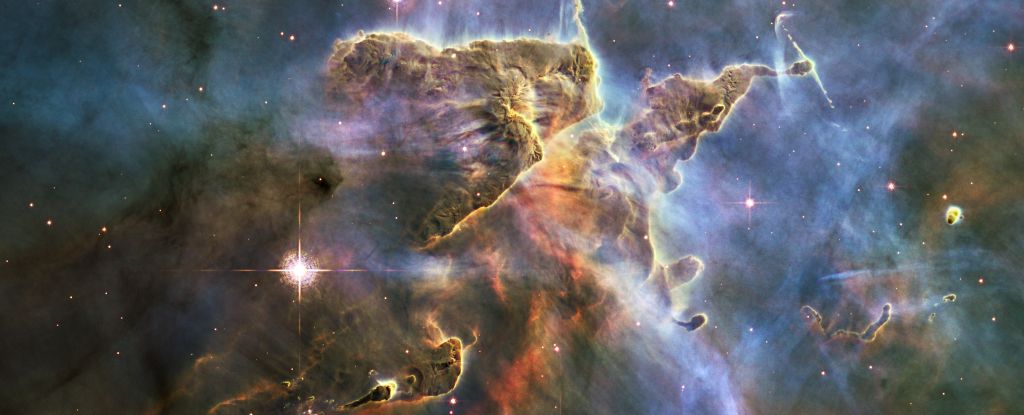Scientists studied the gamma radiation of our Galaxy and came to the conclusion that up to 55 new stars could be formed annually. This is several times more than it was thought until now.

Gamma radiation and star birth
A team of scientists led by Thomas Siegert from the University of Würzburg in Germany recently published an article in which they proved that previous estimates of the birth of stars in our Galaxy were underestimated.
Their conclusions are based on the study of the most energetic gamma rays born in our star system. Scientists have carefully examined their spectra. They were interested in the special lines that the aluminum-26 isotope leaves.
Like other radioactive elements, aluminum-26 is formed mainly as a result of supernova explosions, when a dying star forms heavier and heavier cores, which it then throws into the surrounding space.
In addition, aluminum-26 is formed at the birth of stars, when matter falls on a newborn luminary at a speed greater than sound for a given environment. If at this moment aluminum-27 or silicon-28 cores collide with high-energy rays, then this particular isotope is born.
Aluminum-26 is interesting in two ways. The first is a short-lived element by the standards of the Galaxy. Its half-life is 717 thousand years. At the same time, it emits intensely in the gamma range and leaves very characteristic lines.
How many stars are formed in the Galaxy in a year?
It is this property of aluminum-26 that allowed scientists to estimate the rate of star formation in the Milky Way. Preliminary estimates suggest that approximately two solar masses of matter are transformed annually at the star. Since our luminary is more massive than most of the stars in the galaxy, this corresponds to 6-7 new luminaries per year.
The researchers, led by Siegert, calculated that in accordance with the amount of aluminum-26, which manifested itself by gamma radiation, 4-8 solar masses should transform at star per year, which corresponded to 55 luminaries.
That is, the difference is several times and it raises a lot of questions about what our star system looks like and whether we understand it correctly. However, the authors themselves point out that the method is imperfect due to the inability to determine the distance to the radiation source. That is why in the new study, instead of an exact figure, only the range is indicated.
According to www.sciencealert.com
Follow us on Twitter to get the most interesting space news in time
https://twitter.com/ust_magazine

